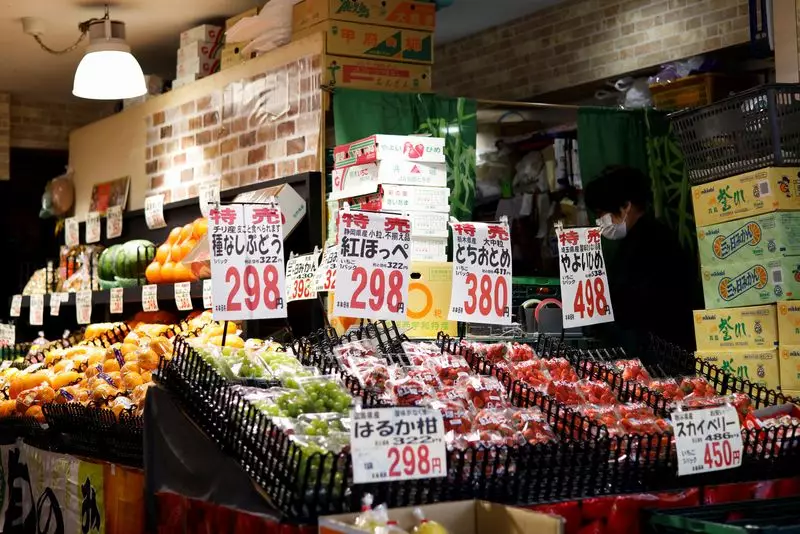Recent reports indicate that consumer inflation in Tokyo is on the rise, with projections suggesting a 2.5% increase in the core consumer price index (CPI) for January compared to the previous year. This marks a slight uptick from December’s figures, where the CPI recorded a 2.4% gain. As the capital serves as a precursor to national trends, these figures reveal concerning inflationary pressure impacting daily living costs in Japan’s urban areas.
The broader implications of this inflation can be traced back to several contributing factors, notably the escalating prices of essential utilities. As noted by economists, persistent high electricity and gas rates are pushing the overall inflation figures higher, compounded by rising gasoline costs. Tokyo’s economic landscape is intricately tied to these fluctuations, which can affect both consumers and businesses alike. The implications of such inflation extend beyond immediate consumer costs, potentially altering spending behavior and investment patterns.
Monetary Policy and Economic Confidence
In tandem with rising inflation, the Bank of Japan recently raised interest rates to their highest point in 17 years. This strategic move is seen as a vote of confidence in the economy’s resilience and its capacity to sustain inflation targets, set at approximately 2%. Analysts argue that with the expected increase in wages, the central bank believes it can maintain this targeted inflation rate without derailing economic progress.
However, the challenge lies in balancing these monetary policies with the needs of consumers facing rising costs. Increasing interest rates can lead to higher borrowing costs for individuals and businesses, which might, in turn, dampen spending and investment. This delicate balancing act will be crucial for the Bank of Japan as it navigates through a period of both growth and inflation.
Looking Ahead: Economic Indicators and Consumer Behavior
Further data expected in the coming days will provide a more detailed perspective on the overall economic health of Japan. A rise in industrial output is anticipated—projected at 0.3% for December—following a decline in November. The revival in factory output could be attributed to increased production machinery demand, particularly in sectors like semiconductor manufacturing and transportation, signaling a potential upturn in investment and production that may cushion the impact of consumer inflation.
Moreover, a notable forecast of a 3.2% increase in retail sales for December reveals an area of resilience in the economy. Increased sales, particularly of winter-related appliances, suggest that consumers are actively engaging with the market despite the pressures of inflation. Notably, the stability in employment figures—maintaining a 2.5% unemployment rate and a jobs-to-applicants ratio unchanged at 1.25—further supports the scenario that consumer confidence may remain intact despite inflationary pressures.
The inflation trends emerging in Tokyo serve as a critical indicator of the broader economic climate in Japan. While rising costs pose challenges for consumers, supportive economic data concerning manufacturing and retail sales provide a mixed but hopeful outlook. The confluence of these factors will be pivotal in determining how effectively the Bank of Japan can steer the economy through these inflationary waters while fostering sustainable growth and stability in the years to come.

